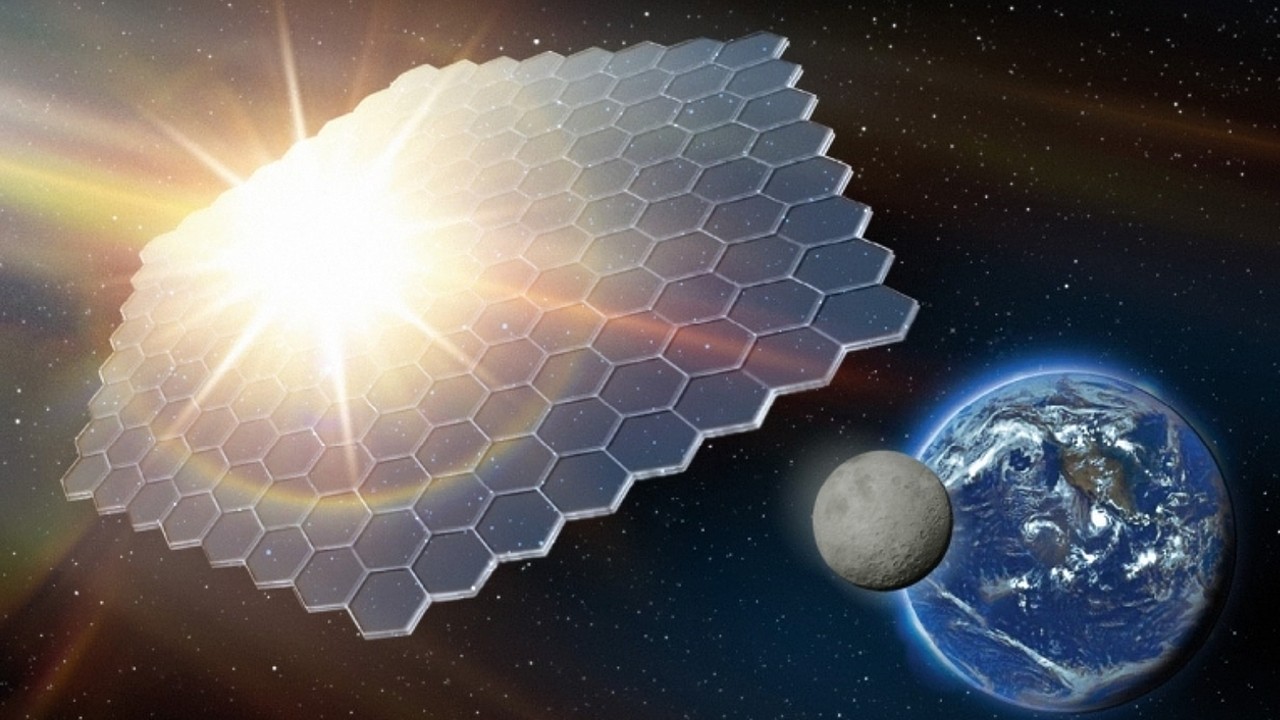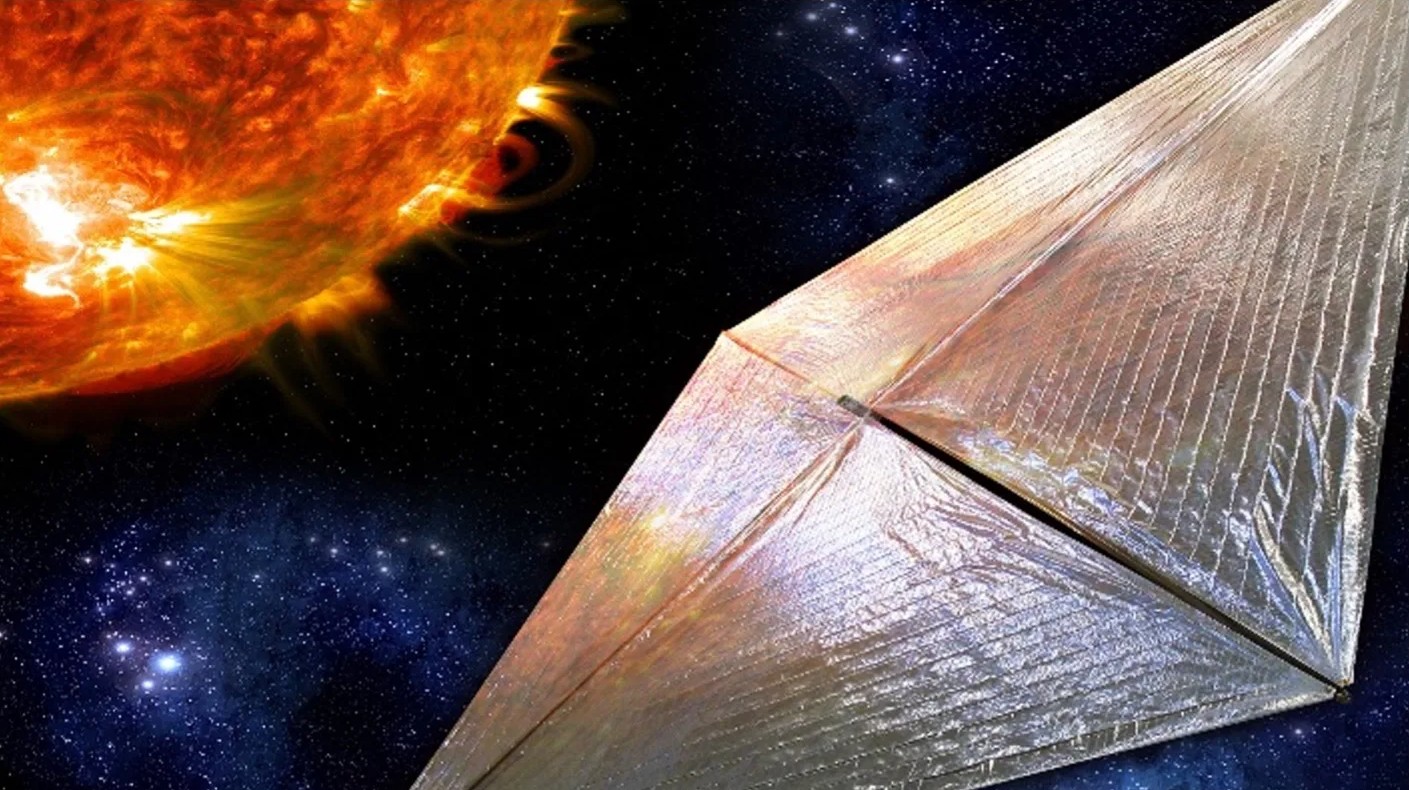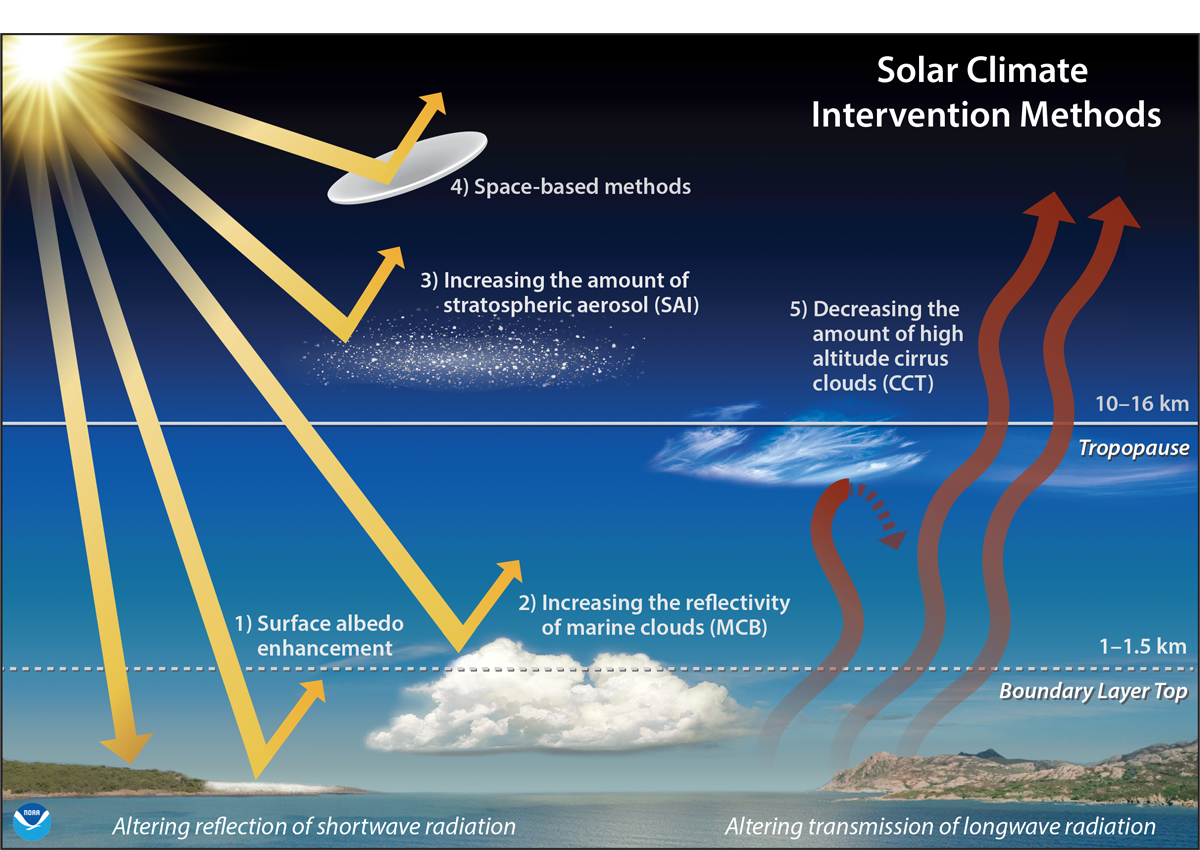These scientists want to put a massive 'sunshade' in orbit to help fight climate change


A group has been formed to study and promote a space-based sunshade to help fend off global climate change.
The idea has been discussed for years, but the Planetary Sunshade Foundation is cranking out papers that support the concept and spotlight the practicality of the approach.
A planetary sunshade, the Foundation advises, could be the best solution for solar radiation management and should be viewed as a key part of global efforts to counter ongoing climate change on Earth.
Related: Experts are certain 2023 will be 'the warmest year in recorded history'
A matter of degrees
Undoing the worst effects of climate change may well rest on three pillars: Emissions reduction, carbon dioxide removal and solar radiation management.
There is an international agreement to strive to keep the world's average temperature from rising above 1.5 degrees Celsius (2.7 degrees Fahrenheit) over current averages. But the cold fact is that the lower the average temperature increase, the lower the climate impacts.
That said, climate change researchers have reported that our planet may well cross 1.5°C in the next decade. In the meantime there are now increased incidents of extreme weather, trends in sea level rise, widespread fires, along with melting ice caps.
Breaking space news, the latest updates on rocket launches, skywatching events and more!
Coupled to these warning signs is political pressure to counter climate-change calamity.
Livable planet
Morgan Goodwin is the Executive Director of the Planetary Sunshade Foundation.
As for why the group is pursuing the initiative, Goodwin is clear that current decarbonization strategies are necessary, but they are insufficient for a livable planet.
Decarbonisation is the lessening of carbon dioxide emissions by way of utilizing low carbon power sources to attain a lower output of greenhouse gasses permeating Earth's atmosphere.
"To avoid the worst impacts of climate change, the world should rapidly phase out the use of fossil fuels, remove gigatons of carbon from the atmosphere, and limit the incoming solar radiation," Goodwin told Space.com. Of all the methods broached to reduce solar radiation, he said, the sunshade has many advantages deserving of investment in the concept.
Construction strategies
Touted as a "megastructure" in space, a sunshade would be installed at the Sun-Earth Lagrange-1 point. Once in place, it could reduce radiative forcing — the trapping of heat in the atmosphere due to greenhouse gas emissions — by reflecting sunlight back into space.
The foundation says that construction of a Planetary Sunshade is possible, drawing upon initial solar sail technology already flown. "The rapid technological progress of space launch systems has resulted in the cost of sending materials and people into space dropping fast, changing the scope of what is possible."
According to the foundation, there are two possible sunshade construction strategies.
"We are pursuing both options, and think that if a planetary sunshade is built, the initial phases of construction will be an Earth-launched architecture while the later phases will use space resources and in-space construction," the group's website explains.
Hands-off Mother Nature?
But there are those that hold tight onto the belief: "You shouldn't fool with Mother Nature!"
Goodwin responds by pointing out that humans are messing with Mother Nature at a grand scale through state-sanctioned and often state-subsidized industrial practices.
"Our survival as a civilization depends on our ability to wisely and intentionally change how we interact with our planet," said Goodwin.
Indeed, in the past year, the White House published a congressionally mandated report on geoengineering governance pathways, Goodwin said, a document that takes "a small but solid step forward," he added, into creating a framework for further investment in geoengineering research.
Report takeaways
In June of this year, the White House Office of Science and Technology Policy released the Congressionally-mandated report on solar radiation modification.
As for report takeaways it cautions that any potential comprehensive research program must encompass the societal as well as the scientific dimensions of solar radiation modification.
The document highlights several key priority areas for further solar radiation modification research, including determining climate and environmental impacts of solar radiation modification deployment; assessing potential societal outcomes and ecological consequences; and the need to examine how research might be done in cooperation among international partners.
That report also acknowledges that research on solar radiation modification impacts to date has been ad hoc and fragmented, rather than being the product of a comprehensive strategy. As a result, substantial knowledge gaps and uncertainties exist in many critical areas.
Uncertainties, risks, challenges
Earlier this year, the Global Commission on Governing Risks from Climate Overshoot (the "Climate Overshoot Commission") issued their report.
This independent group of global leaders recommended a strategy to reduce risks should global warming goals be exceeded, that is a "climate overshoot" that crosses the 1.5 °C threshold.
In the commission report, they broached space-based reflectors; stratospheric aerosol injection, cirrus cloud thinning and marine cloud brightening — all solar Radiation Modification (SRM) techniques.
"But SRM would counter climate change imperfectly and poses serious uncertainties, risks, and governance challenges," the commission study reported.
"The governance gaps for SRM are the most acute," that reported said. "How can it be researched and evaluated without distracting from essential reductions of greenhouse gas emissions? Who decides whether to undertake SRM and under which conditions? How could countries' differences on this question be resolved?"
Goodwin of the Planetary Sunshade Foundation concludes that this year will close as the hottest year ever recorded, replacing 2022 which in turn took that title from 2021. "As the rate and impacts of warming increase, more and more tactics and perspectives will be brought to the table."
Whether or not a sun-deflecting, "made-in-the-shade" sail remains a bright prospect on that discussion table is yet to be determined.

Leonard David is an award-winning space journalist who has been reporting on space activities for more than 50 years. Currently writing as Space.com's Space Insider Columnist among his other projects, Leonard has authored numerous books on space exploration, Mars missions and more, with his latest being "Moon Rush: The New Space Race" published in 2019 by National Geographic. He also wrote "Mars: Our Future on the Red Planet" released in 2016 by National Geographic. Leonard has served as a correspondent for SpaceNews, Scientific American and Aerospace America for the AIAA. He has received many awards, including the first Ordway Award for Sustained Excellence in Spaceflight History in 2015 at the AAS Wernher von Braun Memorial Symposium. You can find out Leonard's latest project at his website and on Twitter.



